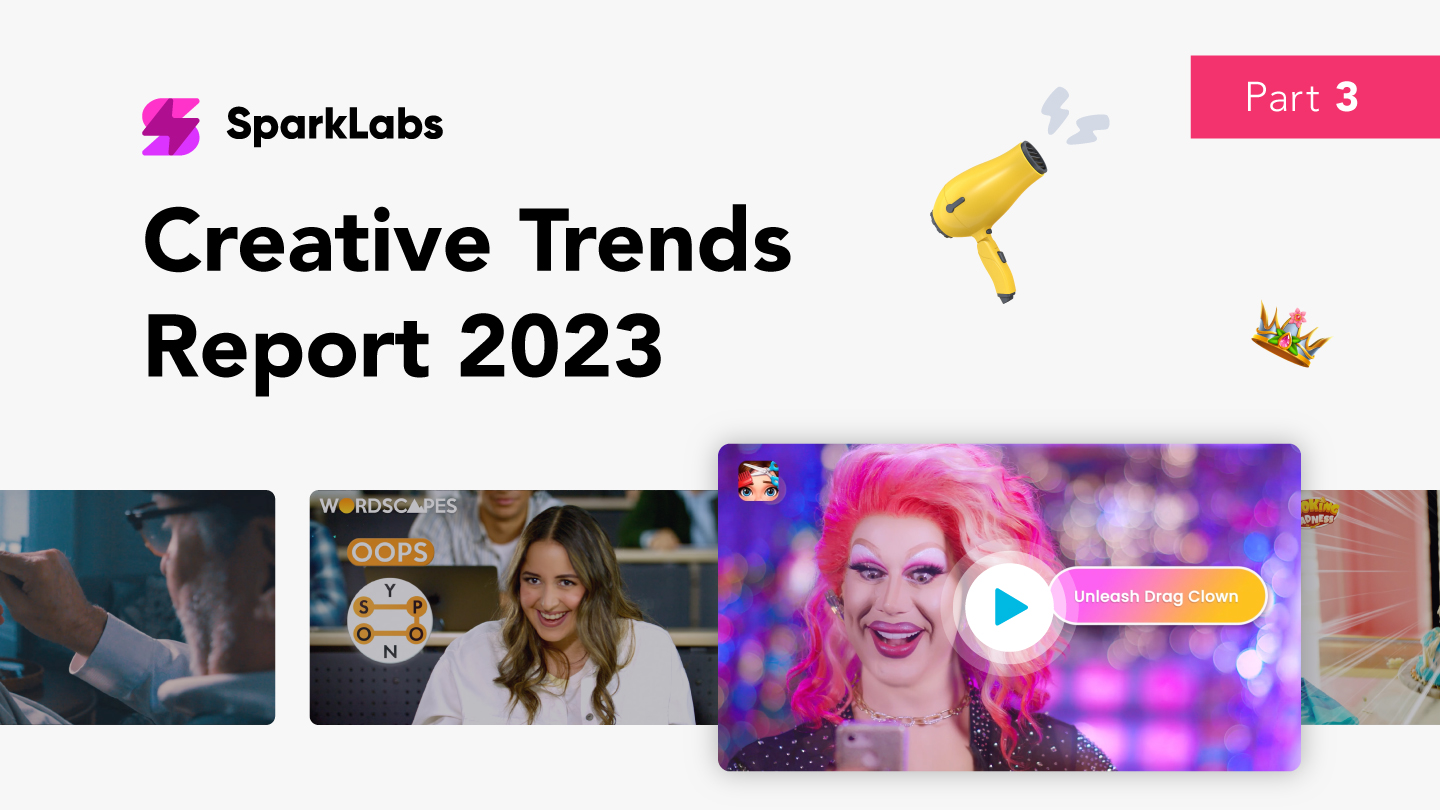CTV, High Impact Creatives
CTV Advertising: Trends & Best Practices for 2023 and Beyond
Feb 16, 2023

CTV, High Impact Creatives

The world of digital advertising changes on an almost daily basis. New formats abound, and delivery platforms continue to emerge and evolve. One of these cutting-edge formats is CTV advertising.
CTV, or Connected TV, is any device providing access to streaming media for users that are connected to the internet. Every smart TV and modern game console, for instance, is a CTV device.
There is also OTT (Over-The-Top), which is sometimes confused with CTV. The key differences in OTT vs CTV are:
So what is CTV advertising from an ad strategy standpoint, and how can you use CTV ads in your marketing mix? Here are some important considerations and best practices.
The mobile marketing landscape is changing. Many factors — including updates to user privacy and data collection — are responsible for those changes.
As brands and service providers adjust to these changes, so should you make some adjustments to your ad strategy, creative and otherwise. While mobile is still a strong channel for advertisers and brands, adding CTV to your marketing mix can only extend your reach even further.
Users are accustomed to more story-rich ads on CTV since that’s how traditional broadcast television has operated for decades. It is therefore somewhere you can build ads around factors like narrative, emotional impact, and the devices on which you can experience the app.
For CTV creatives whose subject is a mobile app, however, people care more about feature introductions, game highlights, and testimonial messages. Because of this, you’ll want to make sure not to duplicate the same rules and tools you’re using for mobile user acquisition.
With mobile UA marketing, the intended action(s) of the user is to interact directly with the ad in some way, be it through playable ad interactions or clicks.
On the other hand, CTV advertising is meant to last with the user past the point of viewing the ad, since app interactions aren’t typically the next step of the conversion funnel on a CTV device. They should want to search for your app afterward.
The advertisement above for Wordscapes — created by AppLovin’s own creative team, SparkLabs —does an excellent job of hitting on several important touchpoints to build out a compelling and effective piece of creative for your CTV advertising strategy.
SparkLabs recommends the following best practices to drive your creative strategy in the CTV ecosystem:
Character orientation – Build narrative around a character. As far as format is concerned, live-action and animation have both seen success.
Show App Usage on Devices – Clearly demonstrate that the advertised product is a mobile app by showing the kinds of mobile devices your app is on. Additionally, you’ll want to show use of the app itself. You can accomplish this through:
Evoke Emotions – It’s presumably tougher to grab audience attention on TV than on mobile (users seeing ads on CTV are more likely to be multi-tasking); therefore, evoking emotional responses from the start is much more important in the CTV space.
NAIL YOUR MESSAGING – Your ad creatives should focus on — and clearly articulate — 1 to 2 key points that are the most important for the audience to take away from your ad.
With that said…you don’t need to necessarily shy away from getting weird with it.
Experiment with intrigue – Rules and best practices aside, leaving a memorable impression in strange and gripping ways can work well on CTV. The video above counters almost all of the previously mentioned best practices, but it probably kept you wondering, “What the @&#% did I just watch?”
This can lead to wanting to learn more about the app it’s advertising.
Industry trends show that investment in CTV as a marketing channel grew more than 40% year-over-year to $9 billion in 2020, which increased to more than $13 billion in 2021. There’s no sign that trend is coming to an end any time soon, with projections expecting that investment to double by 2025.
SparkLabs — AppLovin’s in-house creative team — is a dedicated selection of creative professionals who create, iterate, and test high-quality creatives for your app. They’ve been identifying and implementing creative trends for mobile ads for a long time, and they’re ready to use their data-driven approach for you in the connected TV space as well.